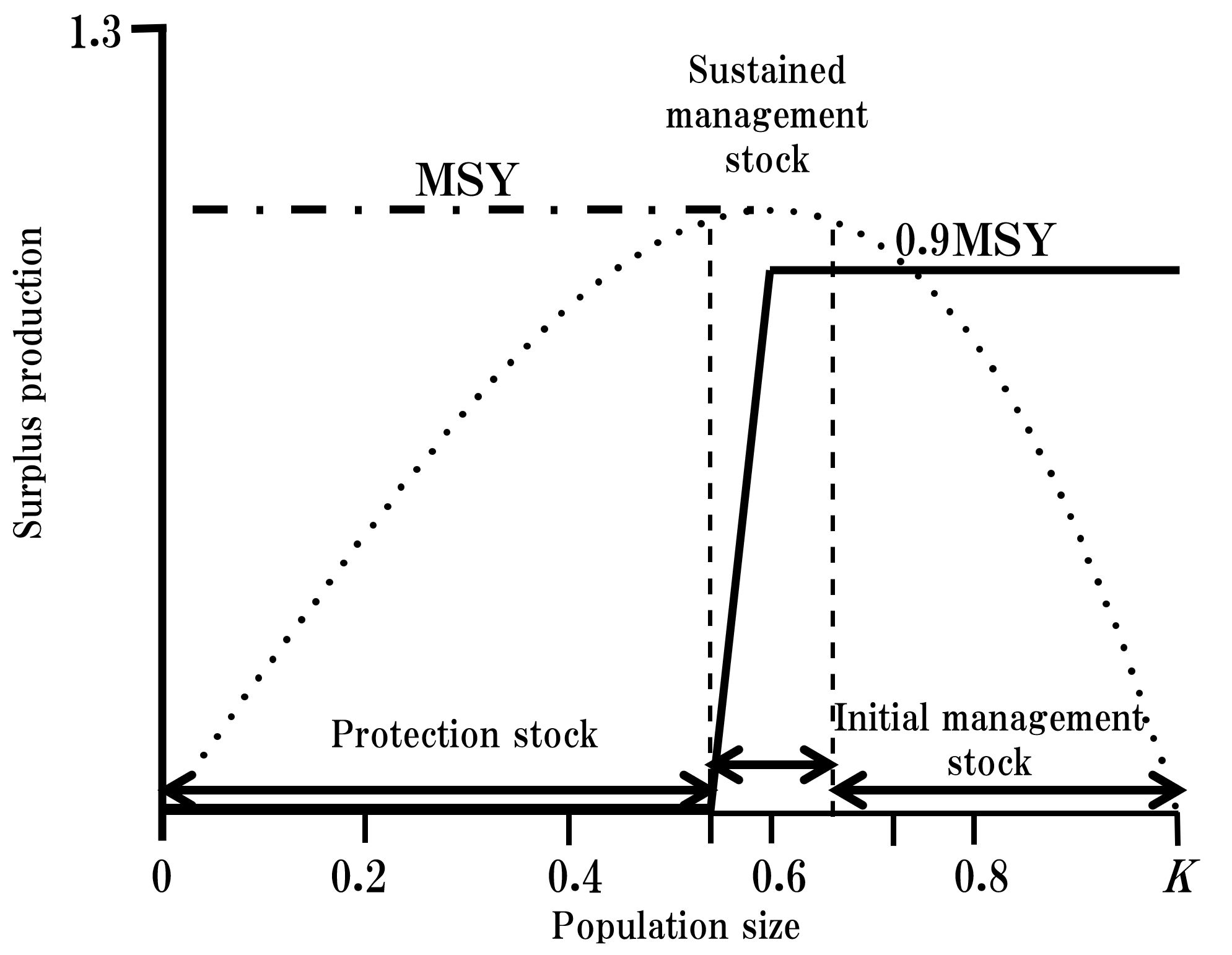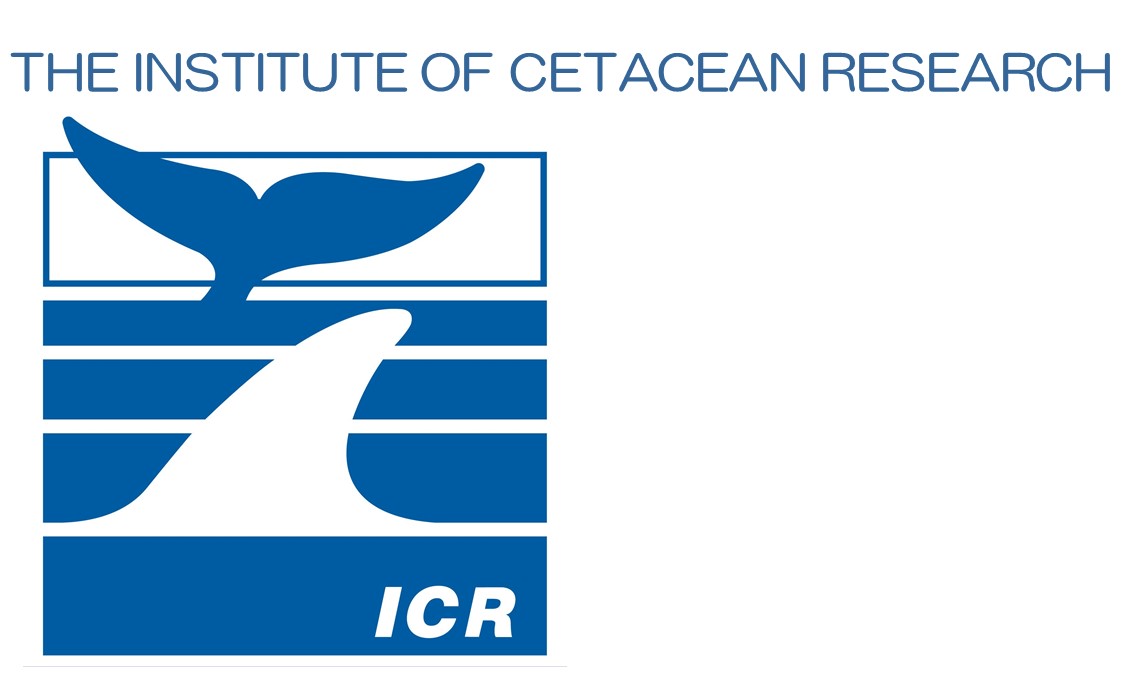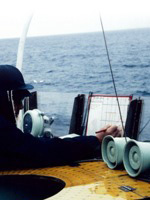- You are here:
- Home>
- English Sitemap>
- RESEARCH>
- Past Research>
- Background of Past Survey
Background of Past Survey
The main research activity of the ICR between 1987 and 2019 was the design and implementation of Special Permit Whale Research Programs under Article VIII of the International Convention for the Regulation of Whaling (ICRW) (see table below).
| Program* | Research Period/Component | Species for lethal sampling (target annual sample size**) | IWC SC review of Proposals (P) and Results (R) |
| Antarctic (offshore,O, austral summer season) | |||
| JARPA | 1987/88-2004/05/O | Antarctic minke whale (n=330) 1987/88-1994/95 Antarctic minke whale (n=440) 1995/96-2004/05 |
P:1987***
R:1997,2006 |
| JARPAⅡ | 2005/06-2013/14/O | Antarctic minke (n=935), fin (n=50), humpback whales (n=50) | P:2005;R:2014 |
| NEWREP-A | 2015/16-2018/19/O | Antarctic minke whale (n=333) | P:2015 |
| Western North Pacific (offshore, O, and coastal, C, components) | |||
| JARPN | 1994-1999/O | Common minke whale (n=100) | P:1994****
R:2000 |
| JARPNⅡ | 2000-2016/O,C | Common minke (n=220), Bryde’s (n=50), sei (n=100), sperm whales (n=10) | P:2000,2002,2004
R:2009;2016 |
| NEWREP-NP | 2017-2019/O,C | Common minke (n=170), sei whales (n=134) | P:2017 |
*: JARPA:Japanese Whale Research Program under Special Permit in the Antarctic;JARPAⅡ:Japanese Whale Research Program under Special Permit in the Antarctic-Phase II; NEWREP-A:New Scientific Whale Research Program in the Antarctic Ocean;JARPN: Japanese Whale Research Program under Special Permit in the North Pacific; JARPNⅡ:apanese Whale Research Program under Special Permit in the North Pacific-Phase II; NEWREP-NP:New Scientific Whale Research Program in the western North Pacific.
**: maximum proposed sample sizes.
***: after 1987, research plans of JARPA were presented annually.
****: after 1994, research plans of JARPN were presented annually.
Most of the objectives of the Japanese Special Permit Whale Research Programs were focused on acquiring the data and samples required for assessment and management of large whale species under IWC’s management procedures, i.e. until 1994 the ‘New Management Procedure (NMP)’ and subsequently the ‘Revised Management Procedure (RMP)’. In other words, a major focus of those research programs was to acquire relevant data and information in preparation for future sustainable commercial whaling by Japan within the IWC under the RMP. Other objectives were of a more ecological nature, e.g. focused on studying the role and health of whales in ecosystems.
To better understand the rational and objectives of each Special Permit Whale Research Program, a brief explanation of the NMP and RMP is provided here.
IWC management procedures
The NMP
The NMP was the IWC’s system for classifying whale stocks and calculating catch limits prior to the Moratorium. The NMP, adopted by the IWC in 1974, was a set of rules to classify and set catch limits for stocks, based largely on estimates of initial and current population levels, and the concept of Maximum Sustainable Yield (MSY). The theory behind MSY is that a stock increases when its numbers are reduced (e.g. due to an increase in per capita resources). Thus, at each particular stock size relative to the unexploited stock, there is a certain surplus of recruitment over natural mortality. This surplus is low both when the stock is at or close to its initial unexploited level and when it is at low stock levels. It increases to a maximum (MSY) somewhere around 50-60% of the original abundance. This yield theoretically represents the maximum catch that can be taken for an indefinite time without depleting the stock.
Under the NMP, whale stocks were classified in one of three categories: ‘Initial Management Stocks’, ‘Sustained Management Stocks’ and ‘Protection Stocks’, for the most part based on the population level compared to the unexploited level. Stocks which were judged to be below 90% of the level providing the MSY were to be protected, while catches from other stocks were not to exceed the 90% of MSY so that in theory at least, these stocks would not become depleted to below their MSY levels (see figure below from Punt, AE and Donovan, GP. 2007. Developing management procedures that are robust to uncertainty: lesson from the International Whaling Commission. Journal of Marine Science 64 (4): 603-612).

While the NMP was an improvement in management theoretically, its actual implementation proved problematic primarily because of difficulties in estimating MSY and unexploited population size in practice. These difficulties related to the absence of good population abundance estimates and estimates of life history parameters such as natural mortality rates, age at sexual maturity and recruitment required to calculate MSY. This was part of the rationale used within the IWC for passing the Moratorium in 1982 (that came into effect about three years later).
The RMP
Recognising the problems associated with the implementation of the NMP, the IWC SC worked from about 1986 on developing a procedure to estimate sustainable catch limits for commercial whaling of baleen whales that took into account levels of uncertainty in estimating current and initial abundance as well as biological parameters. It was adopted but not implemented in practice by the IWC in 1994. In the context of the Special Permit Whale Research Programs, the RMP can be said to have at least two major elements, the Catch Limit Algorithm (CLA) and Implementation Simulation Trials (ISTs).
The CLA is the mathematical formula used to calculate safe catch limits for any single baleen whale population (stock), irrespective of species or area ? it is thus said to be ‘generic’. Given the NMP problems, it was designed (and tested by computer modelling) to require only two types of information: (1) estimates of the number (with the associated statistical uncertainty) of whales in a population (abundance estimates) taken at regular 6-year intervals, and (2) estimates of removals over time due to human activities (primarily direct catches but potentially accidental deaths in fishing gear and deaths due to being struck by vessels). The estimates of numbers of past removals take into account the uncertainty in historic records while the numbers of present catches are assumed to be known reliably. Therefore, unlike the NMP, the RMP’s CLA does not rely on the availability of whale life history data.
However, particularly on feeding grounds and during parts of migration, whales from different biological populations may mix. This is case-specific by species, ocean basin and time. Therefore, the RMP uses the IST approach to assess uncertainties in situations where there is more than one population/stock. The ISTs are computer simulations conducted to guarantee the performance of the CLA to meet conservation objectives in a range of plausible multi-stock scenarios, prior to its actual application in calculating commercial catch limits for each population. Additional safety is achieved by setting catch limits for what are called ‘Small Areas’ within the range of the whaling operations to spread catches throughout range. Therefore, the hypotheses on stock structure and their plausibility are essential to the RMP process. Biological data such as age at sexual maturity, natural mortality and MSY rate contribute to the evaluation of uncertainties by ISTs (reduction of uncertainty may allow for higher allowed catches while still meeting conservation objectives).




